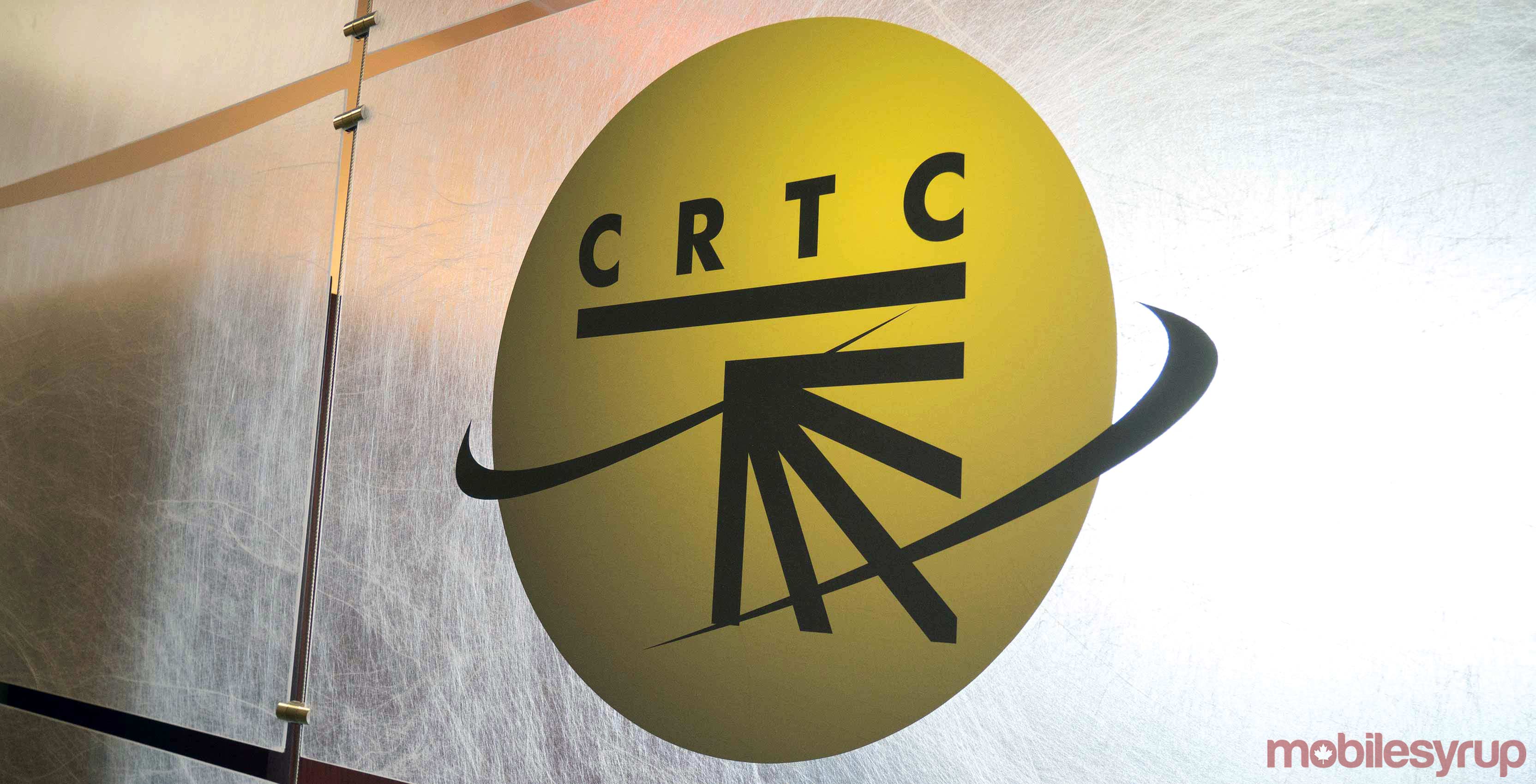
According to the CRTC’s latest ‘Communications Monitoring Report 2019,’ the prices for most communications services decreased in 2018, adding that the national monthly average for wireless, internet, television and home phone services combined was 11 percent lower in 2018 than in 2016.
The Canadian Radio-television and Telecommunications Commission released the report on August 8th, which indicated that the average monthly price for mobile telephone services was $51.05 in 2018. For internet services, the average cost was $80.31, the report said.
Interestingly, the CRTC said that mobile phone cost decreased by 35 percent from 2016 and the cost of internet services increased by three percent from 2016.
The CRTC said that mobile phone and internet services offered “a number of plans with varying prices trends over the 2016-2018 period.”
With respect to mobile services, the CRTC attributed the drop to higher data use and significant smartphone penetration.
“Against a backdrop of higher data usage (the average mobile data subscriber used over 2 GB of data per month in 2017, a 30 percent increase from 2016) and significant smartphone penetration (87% in 2017), prices for mobile services have declined over the 2016-2018 period,” the CRTC said. “Decreases were most pronounced for service offerings including 2GB of data or more.”
The CRTC said that “the most significant price reduction” was seen in the mobile wireless market.
It added that after analyzing the CRTC saw that “prices dipped by an average of 28 percent from 2016 to 2018.”
The CRTC noted that the average monthly price for mobile service with unlimited voice, text messaging and 5GB of data fell “as much as” 35 percent in 2018, from $78.36 in 2016 to $51.05.
The CRTC noted that while the average monthly price for a mobile wireless service has dropped, “Canadians’ appetite for the latest mobile devices, more data and faster broadband speeds are contributing to a general increase in their communication bills.”
The CRTC attributes differences in prices to regions and service providers.
For example, the report indicated that the average provincial/territorial prices decreased in 2018 compared to 2016, especially in the north and the West and that was “primarily to significantly lower mobile prices.”
But while the CRTC says prices have lowered, Tamir Israel, a tech lawyer, said that the report reflects that “Canadian households across the board continue to pay more for mobile every year.”
Despite the selective appearance of cheaper mobile plans in the last 2 years, CRTC’s annual monitoring report confirms that Canadian households across the board continue to pay more for mobile every year. pic.twitter.com/S8PvzL9J82
— Tamir (@tamir_i) August 8, 2019
In a Twitter direct message, Israel (@tamir_i) said that the pricing comparisons show that there were a few cheaper plans available in 2018, “particularly at higher mobile data usage categories. But [the CRTC doesn’t] get into how long these were available.”
“Are we talking about the $60/10GB plans that were only available for a few weeks in December 2018, for example? Because most customers did not have access to those,” he said.
For mobile wireless services, the CRTC looked at price structure based on usage. In order to assess the prices for services in urban and rural communities, “four service baskets were used, both flanker and primary service brands were considered.”
Level one consisted of introductory of low-usage types of plans that offer 150 minutes of voice service per month with no SMS or internet data. Level two included low to mid-tier types of plans that offer at least 450 minutes of service, 300 SMS and 1GB of internet data per month. Level three includes typical smartphone users, offering at least 1,200 minutes of voice service, 300 SMS, and 2GB of data. Level four includes users who want unlimited minutes of voice service and SMS and with 5GB of data.
For internet services, the CRTC looked at those that are represented by residential fixed internet services:
5 Mbps download and 1 Mbps upload (5/1 Mbps) (the former basic service objective target speeds)
25 Mbps download and 3 Mbps upload (25/3 Mbps) with at least 100 GB of monthly data transfer
50 Mbps download and 10 Mbps upload (50/10 Mbps) with unlimited monthly data transfer (the new universal service objective target speeds).
Source: CRTC


